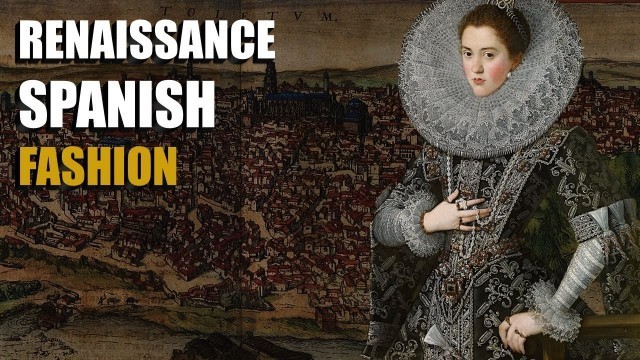

'Habsburg Spain was the first significant national fashion center. In the 16th century, Spanish fashion dominated Europe, both Catholic and Protestant. This dominance of clothing culture coincided with the zenith of the Spanish Empire, spanning from Flanders to Italy, and from Japan to the Americas. So, on today’s video, we are going to be looking back at Spanish costume in its Golden Age and try to understand what was so captivating about it. In the middle of the 16th century women´s costume was comprised of a shirt, generally made from linen, a light, breathable and washable fabric. The shirt protected the skin from the other garments and created a barrier between the outer clothes and body oils. On top of that, women whore the saya, a full skirted gown with a fitted bodice. No pairs of bodies or stays where worn at this point. The bodice created a smooth and fitted torso by being made from layers of stiffened linen. Underneath the skirt women could where the verdugado creating a cone like silhouette. Detachable sleeves, a remanence of the late medieval period, where still worn. This allow women to modified their look twithought having to own another gown, wich was a very fabric consuming garment. Sayas could have a low cut, the so called saya baja, or low gown, normaly worn with a gorguera, covering the chest and neck, or a high neck gown, called saya entera, or full gown. An alternative to the saya was the ropa, a lose fit gown probably of Portuguese origins. By the late 1550s the saya, that up until that point was a single garment, started being divided in to too pieces, a bodice and a matching skirt. This gave way to the next transformation in female costume, the adoption of the masculine Jubón, or doublet. The Jubón was a typical male garment that appeared in the 14th century. In the 1560s women adopted it by making it more fitted and pointed at the waist. Thus, was born the combination between the jubon and the basquiña, a petticoat like garment, that dominated Spanish fashion for decades to come. Sources: - Bernis Madrazo, Carmen: Indumentaria española en tiempos de Carlos V. Madrid: Instituto Diego Velázquez (Consejo Superior de Investigaciones Científicas, CSIC), 1962. - Bernis Madrazo, Carmen: La moda en la España de Felipe II a través del retrato de corte. En el catálogo de la exposición Alonso Sánchez Coello y el retrato en la corte de Felipe II. Madrid: Museo del Prado. - Bernis Madrazo, Carmen: El traje y los tipos sociales en el Quijote. Madrid: Visor, 2001. - Crespo, Hugo Miguel (ed.), Comprar o Mundo. Consumo e Comércio na Lisboa do Renascimento. Shopping for Global Goods. Consumption and Trade in Renaissance Lisbon, AR-PAB: Lisboa. 2020. Keywords: 16th century spanish fashion, renaissance fashion, tudor fashion, fans, saya, linen shirt, spanish farthingale, guardainfante, chapín, Philipe II of Spain, elizabethan fashion, ruffle collar, Elizabeth I, renaissance history, history of Spain, history of black, Habsburg royal family, Filipe II de Espana, doublet, jubón, cuello de lechuguilla, los Austrias, moda espanola.'
Tags: fashion , costume , fans , 16th century , Elizabeth I , doublet , Chapin , anne boleyn , renaissance fashion , Elizabethan fashion , saya , spanish farthingale , tudor fashion , 16th century spanish fashion , guardainfante , Philipe II of Spain , ruffle collar , renaissance history , history of Spain , history of black , Habsburg royal family , Filipe II de Espana , Renaissance royalty , kirtle gown , period costume drama , spanish empire , tudor fashion characteristics , moda espanola siglo xvi 16 , what ?
See also:
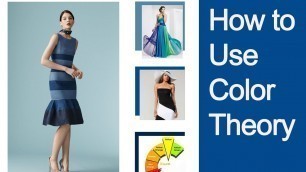



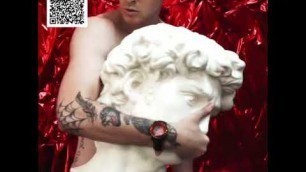


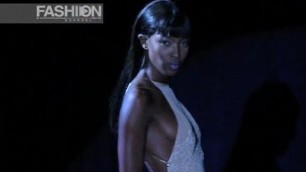
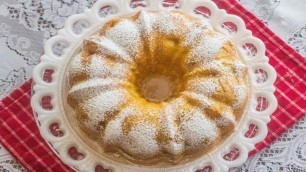


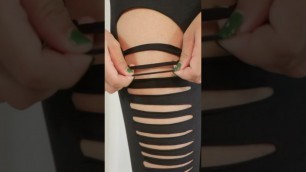


!['[Full Video] PLAYGROUND Runway xx Junior Fashion Runway Vol.4'](https://cdn-img01.colettefashion.com/images/56-m/435/435714_m.jpg)


comments